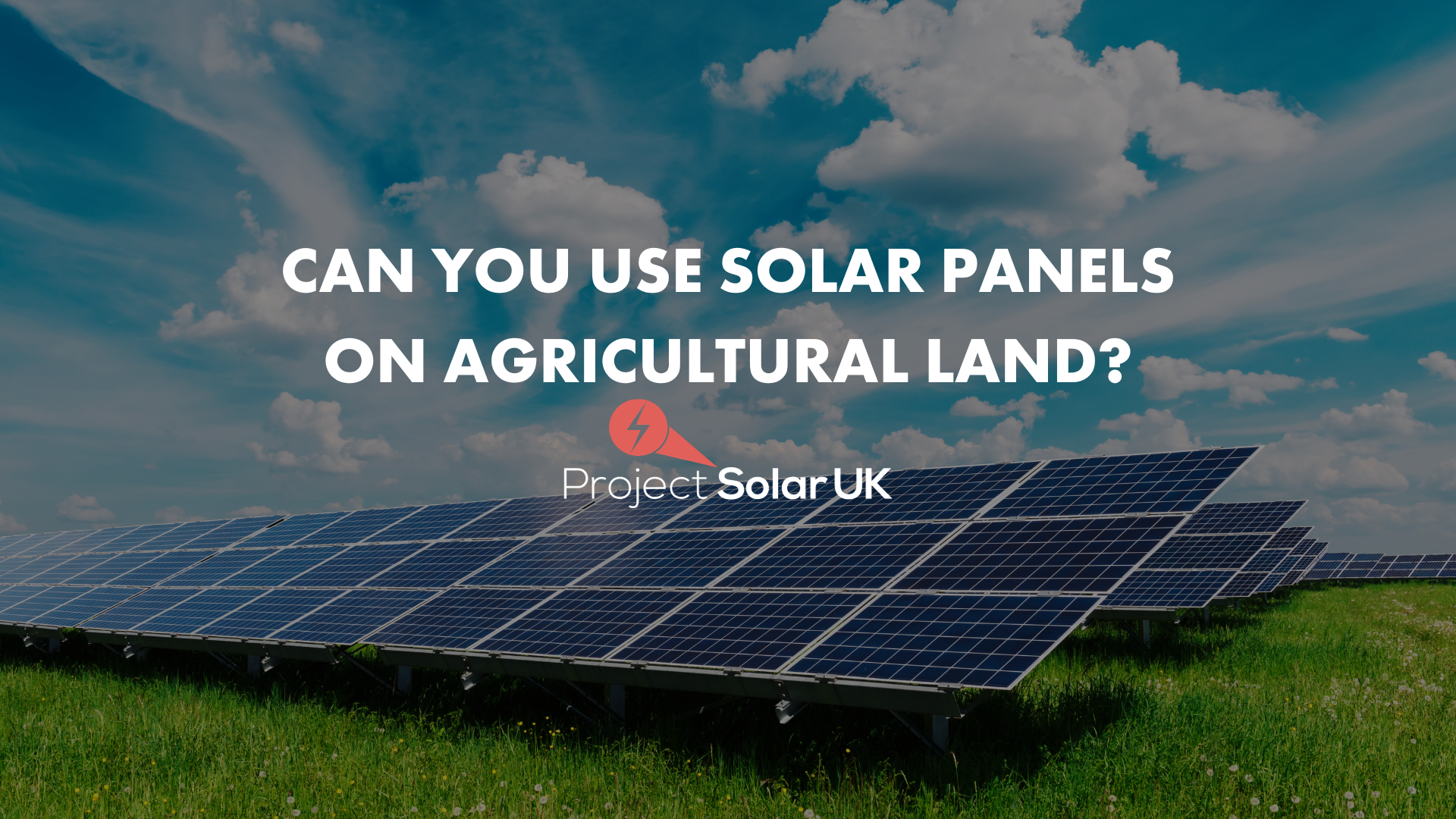As environmental concerns continue to rise on the global agenda, the United Kingdom is increasingly focusing on sustainable energy solutions. Among these, the integration of solar power into agricultural landscapes has emerged as a topic of significant interest. While the concept of deploying solar panels on farmland might initially seem straightforward, it raises important questions about feasibility, sustainability, and potential benefits. Can such initiatives coexist harmoniously with traditional farming practices? What are the long-term implications for both the environment and farmers? Let’s explore these aspects further. The marriage of solar energy and agriculture isn’t entirely novel. For centuries, farmers have relied on the sun’s energy to cultivate crops and sustain livestock. However, modern technology now offers an opportunity to harness this energy in a more structured and efficient manner. A solar farm, essentially a vast array of photovoltaic panels strategically placed on agricultural land, aims to maximize sunlight exposure to generate clean electricity. At first glance, this seems like a win-win situation—clean energy production alongside conventional farming activities. Yet, as with most innovations, there are challenges and considerations that need addressing. To understand the potential of solar farms on farmland, it's essential to define what exactly constitutes a solar farm. These installations consist of multiple solar panels mounted on agricultural plots, designed to capture sunlight over extensive areas. The idea stems from the abundance of open space on farmland, making it an ideal candidate for such projects. By converting sunlight into electricity, solar farms can power agricultural operations, reduce reliance on external energy sources, and even generate surplus power for the national grid. Sounds promising, doesn’t it? But let’s delve deeper into the nuances. One major concern revolves around land use. Some argue that dedicating farmland to solar energy contradicts its primary purpose—food production. However, recent studies suggest that this opposition may be overly simplistic. Agrivoltaics, a hybrid approach combining solar energy generation with agricultural activity, demonstrates how the two can coexist. For instance, certain crops thrive in partial shade beneath solar panels, while sheep and other livestock can graze freely between rows of panels. This symbiotic relationship not only preserves agricultural output but also enhances it in some cases. Integrating solar farms into farmland presents numerous advantages for various stakeholders. Farmers stand to gain significantly from reduced operational costs, thanks to self-generated electricity and decreased reliance on fluctuating utility rates. Additionally, solar panels can increase property value, providing long-term financial benefits. From an environmental perspective, these installations contribute to cleaner air and reduced carbon emissions, aligning perfectly with the UK’s commitment to achieving net-zero goals by 2050. Despite these benefits, there remain regulatory hurdles to overcome. Certain parcels of land may require special permissions due to zoning laws or conservation designations. Moreover, some critics worry about the visual impact of solar farms on rural landscapes. Addressing these concerns requires careful planning and stakeholder engagement to ensure that projects align with local priorities and values. From an ecological standpoint, solar farms offer numerous advantages. By reducing reliance on fossil fuels, they help mitigate climate change and preserve natural habitats. Furthermore, the creation of pollinator-friendly habitats around solar sites fosters biodiversity, supporting local ecosystems. Community involvement is equally crucial; involving nearby residents in project development ensures transparency and builds trust. Consider the case of Japan, where agrivoltaic systems have flourished across thousands of installations. Their success lies in tailoring solutions to regional conditions, ensuring compatibility with local farming traditions. Similarly, Australian trials indicate that integrating solar panels improves pasture quality, benefiting both farmers and livestock. In conclusion, while placing solar panels on agricultural land poses challenges, it also holds immense promise. By embracing innovative approaches like agrivoltaics, we can achieve dual objectives of sustainable energy production and robust agriculture. If you’re intrigued by the possibilities of solar energy for your farm or residence, reach out to us at Project Solar. Together, we can explore how renewable energy can transform your operation while safeguarding our planet’s future. Key Bar Steel,Steel Rod,Stainless Steel Bar,Bar Steel Huaibei Zhonglian Steel Technology Co., Ltd. , https://www.zlxgsteel.com
Advantages of Solar Farms on Agricultural Land
Environmental and Social Impact